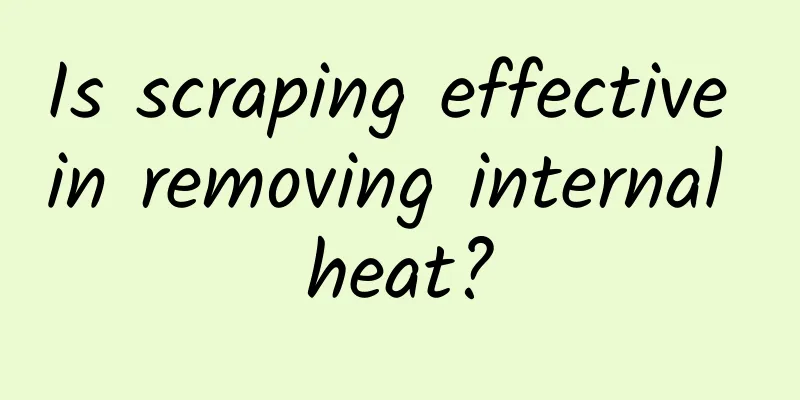How to care for anal tear and fecal incontinence

|
If the anus is torn or causes fecal incontinence, the treatment should be taken seriously. A scientific method can be adopted, such as sitting bath with 1:5000 potassium permanganate solution. At the same time, good bowel habits should be developed, and the intake of fiber foods should be increased to avoid constipation. 1. Keep bowel movements smooth Take laxatives orally to make stools soft and lubricated, increase the intake of high-fiber foods and change bowel habits, and gradually correct the occurrence of constipation. 2. Local sitz bath Take a sitz bath with 1:5000 warm potassium permanganate solution before and after defecation to keep the area clean. 3. Anal canal dilation Suitable for patients with acute or chronic anal fissures without concurrent papillary hypertrophy and sentinel piles. The advantages are that it is easy to operate, does not require special equipment, has a rapid effect, and only requires a daily sitz bath after the operation. Method: After local anesthesia, the patient takes a lateral position and first uses the two index fingers to forcefully dilate the anal canal, then gradually inserts the two middle fingers and maintains dilation for 5 minutes. Men should expand forward and backward to avoid contact between fingers and ischial tuberosity, which would affect expansion. Women have a wider pelvis and do not have this problem. After the anal canal is dilated, the spasm of the anal sphincter can be eliminated, so the pain can be relieved immediately after the operation. After dilation, the anal fissure wound expands and opens, drainage is unobstructed, and the superficial wound can heal quickly. However, the disadvantage of this method is that it may cause complications such as bleeding, perianal abscess, hemorrhoidal prolapse and short-term fecal incontinence, and the recurrence rate is relatively high. 4. Topical application of nitroglycerin ointment Lund et al. (1997) reported the use of 0.2% nitroglycerin ointment applied to anal fissures twice a day for 4 to 6 weeks. The results showed that 20 minutes after medication, the maximum resting pressure of the anal canal dropped from 122.1±44cmH2O to 72.5cmH2O, which is equivalent to a one-time "chemical sphincterotomy". 39 cases of chronic anal fissures were treated, 33 were cured, 14 of which were cured within 4 weeks; the pain during defecation disappeared within 2 weeks; 5 cases relapsed, 4 of which were cured after re-administration of the medicine; no case of anal incontinence occurred, but 8 cases had mild pain during treatment. This method is a better non-surgical method for treating chronic anal fissure, but it still requires randomized controlled and long-term follow-up studies of large numbers of cases. |
Recommend
What are the gynecological diseases in women?
Gynecological diseases refer to diseases of the f...
Hypertension precautions
Hypertension is a common disease. This type of di...
There are a lot of blood clots during menstruation
There are a few days every month when women have ...
What should be done to check for nipple discharge
Many girls do not seek timely treatment when they...
Scrape your back to test your lung function. Be careful if you have this phenomenon
According to TCM theory, the lungs are a "de...
What causes maxillary sinus effusion?
Maxillary sinus effusion is a disease that is mor...
Rickets is not just caused by calcium deficiency
Rickets is a disease that many people are not fam...
What is the best medicine for Mycoplasma synoviae?
Why are fewer and fewer people raising chickens? ...
What is the reason for the visible blood flow signals around the gestational sac?
During pregnancy, a pregnant woman will experienc...
What is the disease of air bubbles in the lungs?
The lungs are the place where the human body exch...
What are the symptoms of qi and blood deficiency?
In daily life, when we see a person with a pale o...
Are there normal breast lumps?
If a woman finds a lump when touching her breast,...
Is it okay to take Chinese medicine if the follicles are not developing well?
Poor follicular development will have a great imp...
What to do if athlete's foot is severe in late pregnancy
Athlete's foot is a highly contagious symptom...
Does Astragalus cause internal heat?
Many people are familiar with Astragalus, which i...









